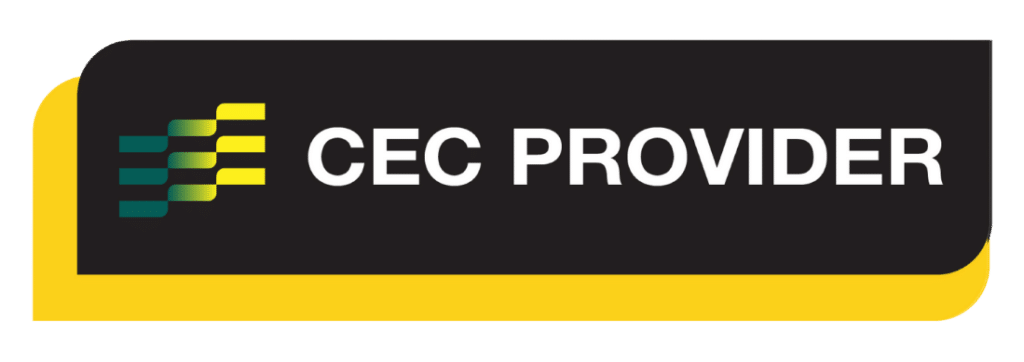Wunda Chair Repertoire
Stability:
Foot Work: V-Position Toes
Alternate Names
Pilates V-position, First Position
Derived From
Classical Reformer: Footwork I Toes
Primary Element
Stability
The Footwork series continues to warm up and prepare the body for what is to come by further developing pelvis stability and continuing to use the larger muscle groups of the legs.
Can the legs move independtly of the pelvis? Keeping the pelvis still and moving the legs is the aim here, creating and testing the stability of the pelvis.
In addition it relates to reflexology as the sole of the foot positioning links to specific organs of the body (Clain Pilates, 2002).
Secondary Element
Strength
To strengthen hip extensor muscles (hamstrings) and knee extensor muscles (quadriceps) and to help align the ankle, knee and hip joints.
Tertiary Element
Mobility
The hip, knee and ankle joints are all working here, although not always through their full range of motion.
Repetitions
8-10
Apparatus Setup
Suggested springs
- Exo Chair by Balanced Body
- Cactus style number system
- two springs on setting 2
- Cactus style number system
- Resistance: medium
Scan the apparatus once the client is moving for the correct set up
- The pedal position, checking the dowel is secure if working on a split pedal Wunda Chair
- The springs are secure and set to the intended resistance
- Handles or props used to assist balance are secure and their use is understood by the client
Place foam matting or a pad over the base of the Wunda Chair underneath the pedal to stop the pedal ‘crashing’ loudly onto the base if the client loses control.
Plane of Motion
Sagittal
Targeted Muscles
o create, develop and connect with the pelvis stabilisation muscles the focus is gluteus medius and gluteus maximus and the deep abdominal muscles transversus abdominis.
To create the external rotation at the pelvis gluteus medius, minimus and tensor fasciae latae are working to create and maintain the abduction throughout the exercise.
To work on strengthening the leg muscles the focus is on the below
The ‘knee extensors’ or quadriceps muscle group of the anterior thigh facilitate the pressing down of the pedal creating a concentric contraction. They comprise
- Rectus femoris
- Vastus intermedius
- Vastus medialis
- Vastus lateralis
The ‘hip extensors’ or hamstrings muscle group of the posterior thigh facilitate and control the return phase of the movement creating an eccentric contraction. They comprise
- Biceps femoris
- Semitendinosus
- Semimembranosus
Warnings
Not suitable for some knee and ankle pathologies, or if the client is unable to work in a pain free range of motion during the exercise. Also unsuitable if external rotation at the pelvis is contraindicated.
Execution
Sit upright on the seat in a neutral pelvis position with the toes of each foot on the pedal and heels together in a Pilates V-shape position. Press the bar as far as its possible, maintaining the stability of the pelvis and spine and then bend the knees returning to the start position. After 8 – 10 reps hold the knees in 90 degrees and then move the ankles pushing the bar down and up for 10 reps.
Observations
Do a body scan of the client taking note of the following points
- Pelvis
- Are the hip bones even horizontally or is the client leaning towards and biasing one side?
- Can the client move their thighs up and down without the pelvis moving?
- Legs
- Are the thigh bones at approximately a 45 degree angle? There needs to be a control element of holding the external rotation using the gluteal muscles here. Too narrow or too wide won’t require the same work
- Feet
- Are the insides of the foot lifting or leaning outward? (supinated)
- Are the insides of the foot rolling inward? (pronated)
- Apparatus
- Is there tension on the springs the whole time? Or is the pedal crashing tot eh base of the Wunda Chair indicating a lack of control and a push by the client beyond their ideal range of motion? If the pedal is crashing at the bottom it is likely the client is arching their spine or the pelvis is moving anterior to reach that position. Encourage the client to reduce their range of motion to focus on the pelvis staying still the entire time, or reduce the spring load so the client can control the springs.
Learning Style Technique Cues
Auditory – word associations that connect mind and body
- The aim is to keep the pelvis still whilst the legs are moving
- Say the client’s name when you’re about to interact with them
Visual
- Imagine a Pelvic Curl movement where the bottom is getting closer to the heels to help connect into the back of the thighs or hamstrings on the return phase of the movement
- You may demonstrate a part of the movement as a visual representation for the client to see
Kinaesthetic
- As you press the pedal down feel the abdominals and centre of the torso lift up
- Try not to collapse the torso as the pedal comes up
- Try to match the resistance of the pedal by pressing the heels down into the pedal on the return phase where the pedal is lifting.
- Maintain the press into the pedal as you pull it up
Modifications and Variations
Regress the exercise by
- Reducing the spring setting to one spring on setting 3 to connect into the pelvis stability component of the exercise, practice deep core muscle activation, and reduce the leg load
- Reduce repetitions and/or pace
- Reducing the range of motion so the client can focus on pelvis stability. Moving back on the Wunda Chair will help reduce the range of motion. Sit bones to the front edge of the Wunda Chair will create the greatest range of motion
- Place the Wunda Chair against a wall or with a box behind the pelvis to encourage a tall spine position. Leaning back will decrease the need to engage abdominals to create stability. Stay seated tall or slightly forward
- Working on Reformer Foot Work: V-Position Toes as gravity is removed as well as the client’s body weight
Progress the exercise by
- Increasing the spring settings to two springs on setting 3 or 4
- Removing the hands from a support position on the sides of the Wunda Chair to genie arm position, hands behind the head or in front of the shoulders
- Working towards The Table
Series and Transitions
This exercise is part of the Foot Work series which includes a range of other foot positions in doubles, and also singles in the progressive repertoire. The Foot Work series can also be found in the Reformer repertoire and the Cadillac repertoire.
Transition to the sixth Foot Work exercise by lifting both feet up off the pedal and placing the heels back on the pedal in line with the shoulders ready for Foot Work: Wide V-Position Heels.

